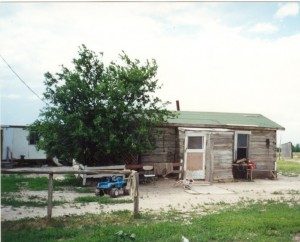NATIVE YOUTH 101
12/12/2015
There are currently 566 federally-recognized Native American tribes in 35 states in the United States. Each tribe is distinct, with its own culture, traditions, language and community. These tribes are recognized as sovereign nations by the United States Constitution and have the power of self-government. The federal government has legal, treaty, and trust obliga tions to provide individuals from federally-recognized
 There are currently 566 federally-recognized Native American tribes in 35 states in the United States. Each tribe is distinct, with its own culture, traditions, language and community. These tribes are recognized as sovereign nations by the United States Constitution and have the power of self-government.
There are currently 566 federally-recognized Native American tribes in 35 states in the United States. Each tribe is distinct, with its own culture, traditions, language and community. These tribes are recognized as sovereign nations by the United States Constitution and have the power of self-government.
The federal government has legal, treaty, and trust obliga tions to provide individuals from federally-recognized tribes with health care, education, law enforcement, and other services. For example treaties between Indian tribes and the federal government, including those which exchanged land or other goods, call on the provision of medical, hospital or physician services. The Snyder Act of 1921 authorized Congress to appropriate funds specifically for providing health care to American Indians and Alaska Natives (AI/ANs). Many laws, Executive Orders, and court cases, including Supreme Court cases, have confirmed the responsibility of the government to provide a variety of benefits and services to AI/ANs.
However, many of the federal systems in place to fulfill these responsibilities are chronically underfunded, leaving much of Indian Country with limited access to health care, education, and law enforcement services. Critical federal agencies serving AI/AN youth and dedicated solely to Indian issues include:
Indian Health Service (IHS), within the Department of Health and Human Services, provides federal health care services to American Indian and Alaska Natives (AI/AN) through direct services and health programs contracted or compacted through IHS and then run by a tribe or tribal organization.
Bureau of Indian Affairs (BIA),housed in the Department of Interior, is responsible for the management of 55 million surface acres and 57 million acres held in trust by the US for Native Americans. BIA services include economic development, information technology, tribal government and performance management.
Bureau of Indian Education (BIE), housed in the Department of Interior, provides educational opportunities to AI/ANs by funding elementary and secondary schools for AI/ANs. BIE schools are located on 64 reservations in 23 states, serving about 42,000 Native students. However, reports show that today more than half of AI/AN youth now go to public schools or other, non-BIE schools. In fact, some Indian tribes have created their own charter schools.
To see the whole report please click here.
